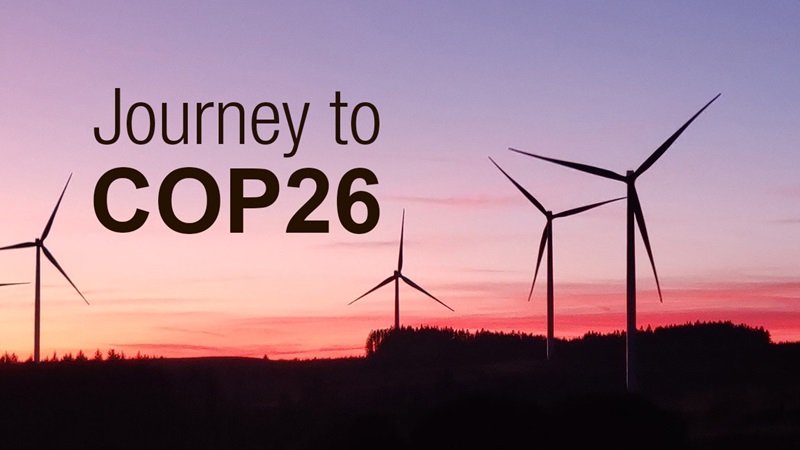The journey to COP26: how will the summit affect the built environment?
With COP26 just around the corner, industry figureheads are considering the possible outcomes and what affect they could have on the future of the built environment. With countries like the UK recently unveiling new strategies, how else could the upcoming Glasgow conference alter the sector’s approach to carbon reduction, both on a national level and a global one?
In the last article in our Journey to COP26 series, we ran through the purpose of the event, it’s proposed agenda and the expectations that surround the summit. This article will delve deeper into how the industry might be impacted, as well as some of our predictions for after the event.
Building a better future
It is expected that COP26 will necessarily address the built environment’s sustainability challenges.
And it’s no surprise - while there have been some notable improvements within the last few years through technology and low carbon alternative materials, the industry remains accountable for 39% of global carbon emissions. While this clearly represents an enormous impact, it also presents the sector with an opportunity to contribute dramatically to the carbon savings required to maintain global temperature change at 1.5 degrees.
Based on the latest information from the Intergovernmental Panel on Climate Change and the submission of nationally determined contributions, the world is behind where it needs to be on reducing emissions. As a result, in the coming months, we will likely see many more businesses pledge to act - with those in the built environment amongst them - reporting on their progress and raising their ambition levels.
In the run up to COP26 governments across the world are already implementing a range of measures in relation to property and infrastructure. France recently voted to ban domestic airline flights on routes that could be replaced with an existing train journey of less than two-and-a-half hours.
Governments are also accelerating decarbonisation of fuel supplies, bringing in tougher emission standards for cars, introducing new heating regulations for homes and workplaces and imposing new taxes on jet fuel.
When it comes to tax increases, fairness will be pivotal to giving the world the impetus to act. For a revolution to happen, change has to be fair - for individuals, societies and between countries. Any green tax increases that impact individuals must also take into account the wealth gap - COP26 could help to formalise this parity.
Will COP26 also progress embodied carbon dialogue? Embodied carbon continues to present epic challenges, not least for the built environment. It accounts for nearly half of the predicted total carbon emissions for new construction between 2020-2050.
We are already beginning to see the evolution of this conversation at a range of levels – with the World Green Building council’s work on Advancing Net Zero and whole-life carbon being a key part of new regulations in Finland, France and the Netherlands.
We don’t yet know if COP26 will include any industry-transforming announcements, but with the eyes of the world on it, it will no doubt kickstart further action.
Looking forward
The scale of the challenges ahead cannot be underestimated, but neither should the opportunities. Enormous economic, social, and environmental benefits will result from redefining our industry Realising the opportunities must be central to the outcomes of COP26.
You can’t address climate change without the world’s biggest emitters changing course, and that applies to both countries and industries alike.
The eyes of the world will be watching and COP26 needs to do more than offer a catalyst for conversations, it needs to inspire transformation, set clear and collaborative expectations and lead the way to a better future.











